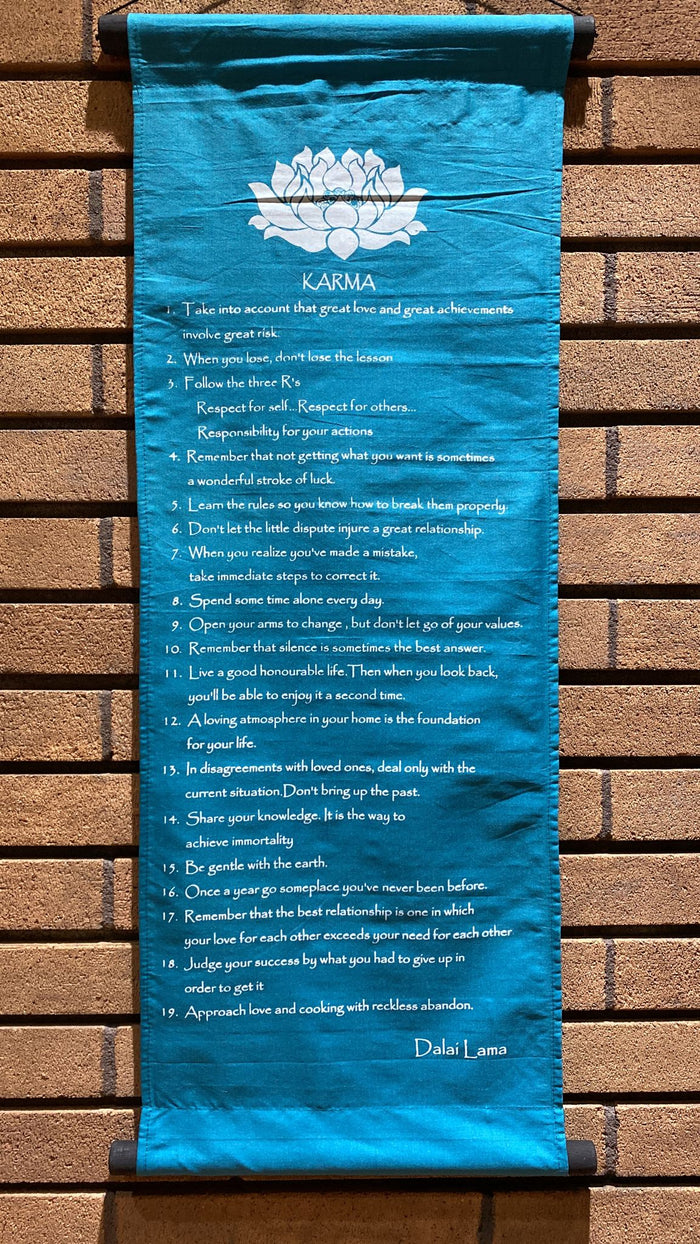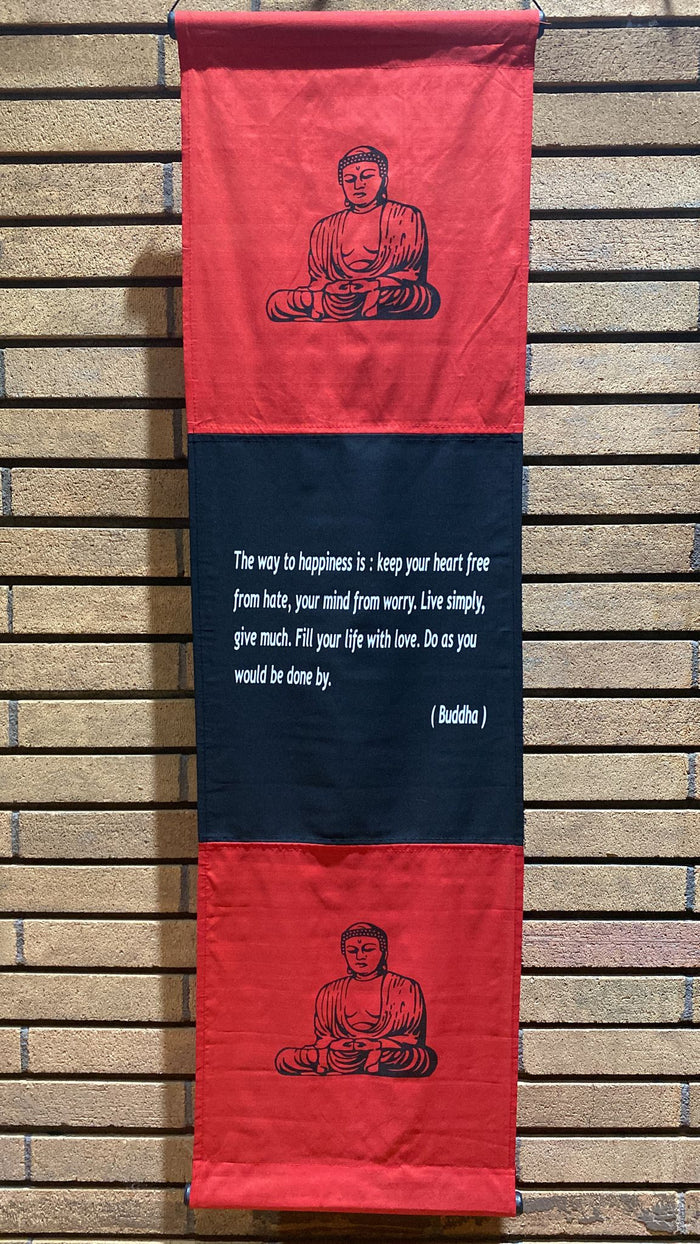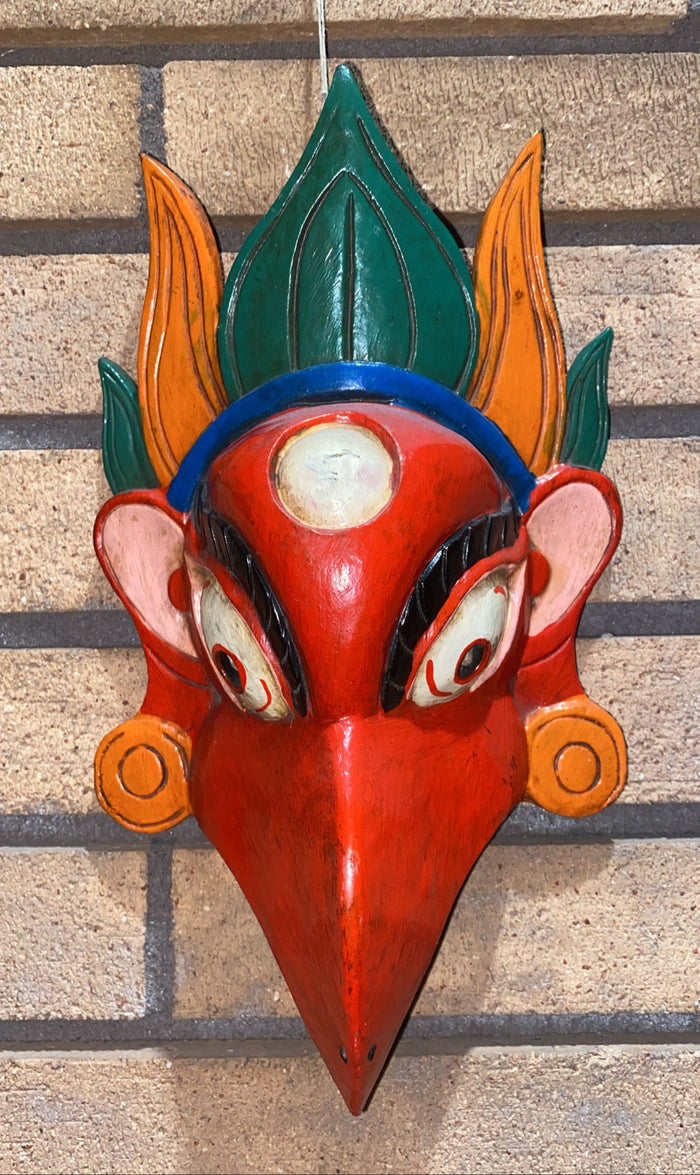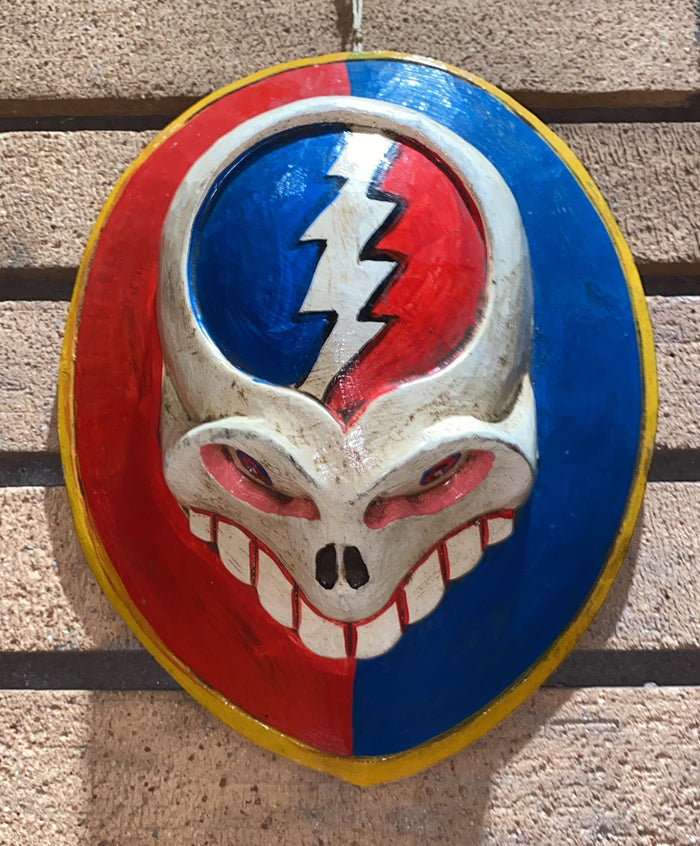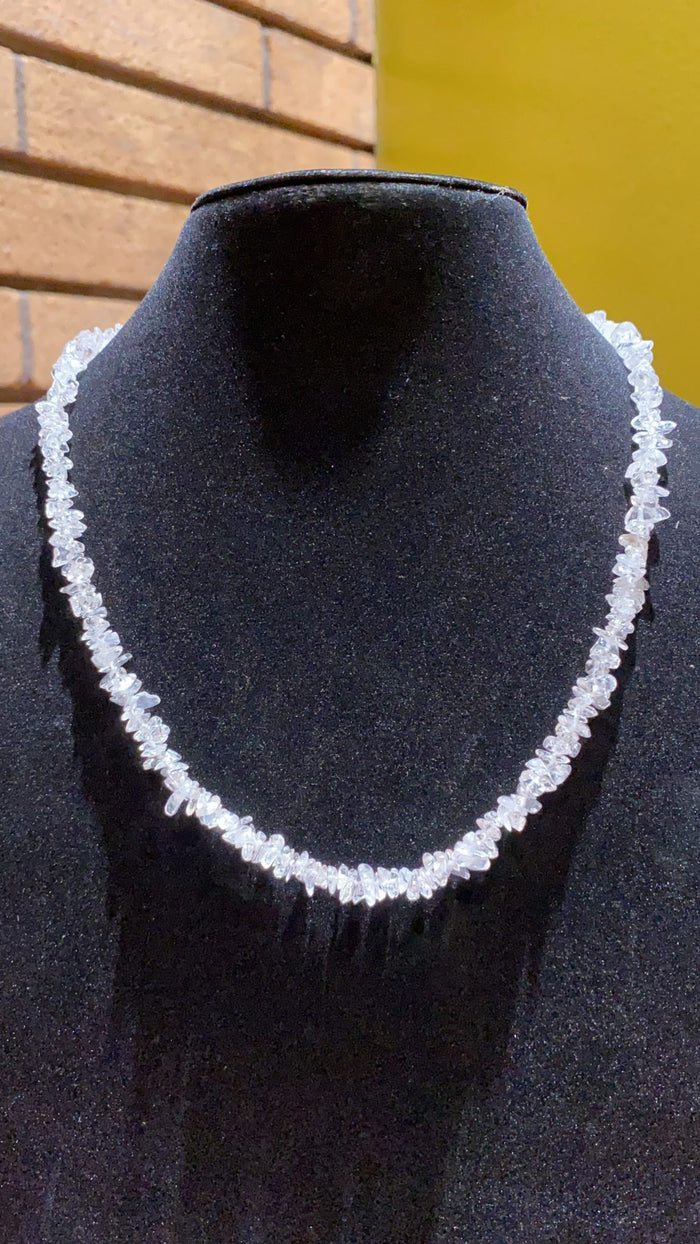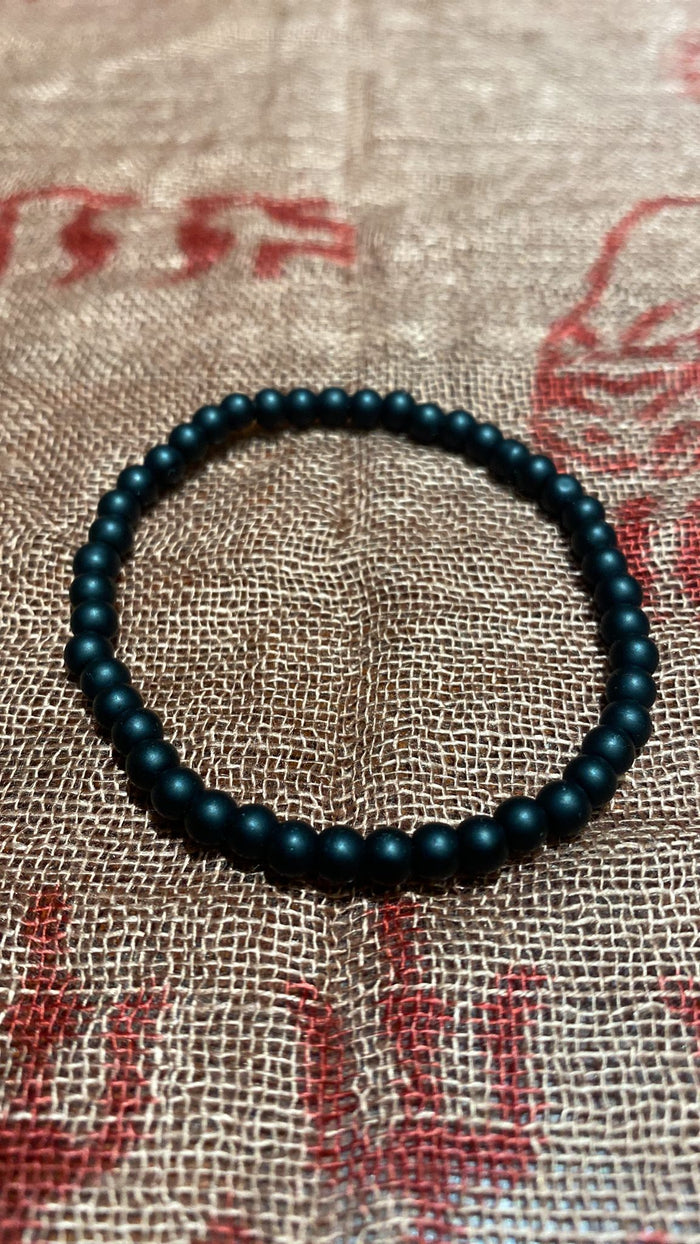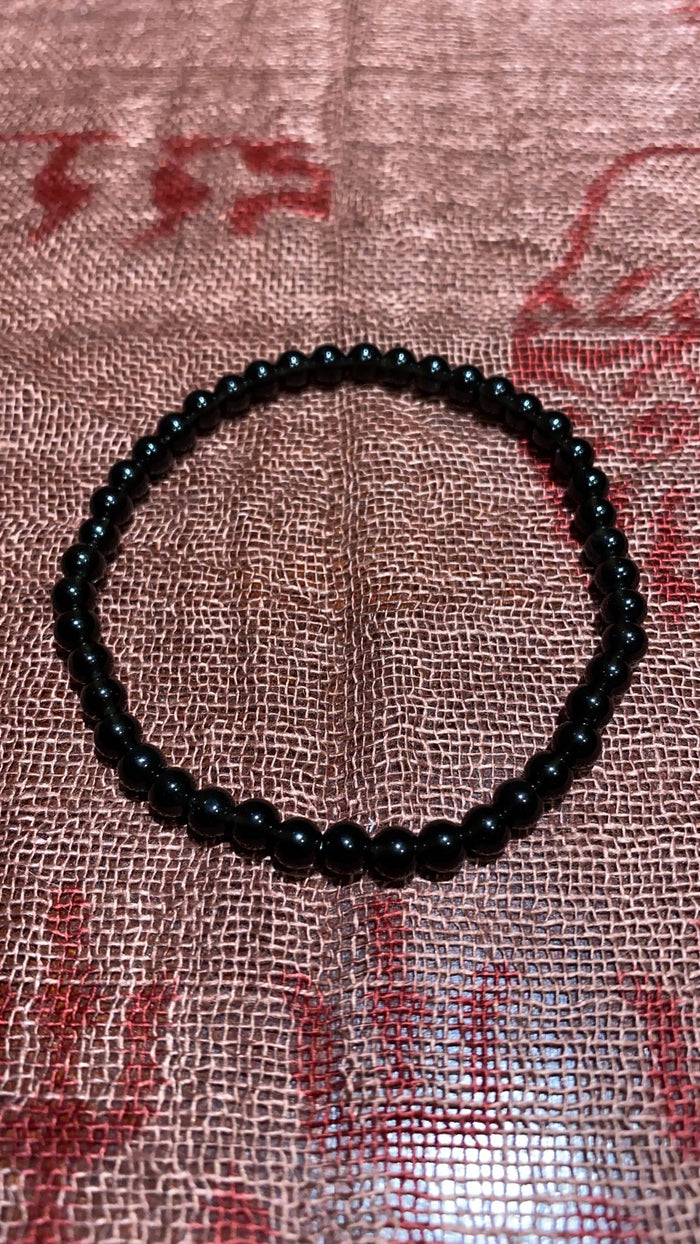In the world of fashion, where consumer behavior is frequently determined by trends, there has been a notable change in recent years towards sustainability. This movement explores the idea of a circular economy and goes beyond simple eco-friendly products or ethical work practices. Circularity, resource efficiency, and ethical consumption across the garment lifecycle are being embraced by the industry more and more as a result of the growth of sustainable fashion businesses and fair trade efforts. Let's examine this paradigm shift in five sections, answering some of the most popular Google queries on the subject.
What is the Circular Economy Trend in Sustainability?
In terms of sustainability, the circular economic trend deviates from the conventional linear paradigm of production and consumption. Rather of following the "take-make-dispose" model, the circular economy seeks to increase product lifecycle and reduce waste. In the context of fashion, this entails using recycled materials, creating methods for recycling, repair, and reuse, and designing clothing with durability in mind. Circular fashion economy projects give priority to closed-loop solutions, which minimize environmental impact and reduce the demand for virgin resources by continually circulating materials within the economy.
What is the Difference Between Sustainable Fashion and Circular Fashion?
Circular fashion concentrates on the concepts of circularity and resource efficiency, whereas sustainable fashion includes a range of techniques meant to lessen harm to the environment and society. Circular fashion expands on the idea of sustainable fashion by stressing the value of long-lasting design and making sure that items can be readily recycled or repurposed at the end of their life cycle. Sustainable fashion may encompass the use of organic materials or the support of fair labor standards. Essentially, the circular fashion economy actively aims to shut the loop in the processes of manufacturing and consumption, going beyond sustainability.
What is Fashion for Good Circular Economy?
A global movement called Fashion for Good aims to change the fashion business in the direction of a more sustainable future. The notion of a circular economy is essential to this paradigm. Fashion for Good encourages investment in technology and business models that enable circularity in fashion, as well as creativity and teamwork. This covers projects including product-as-a-service models, rental and resale platforms, and textile recycling technology. Fashion for Good wants to create systemic change throughout the whole industry, from design to end-of-life solutions, by promoting a circular fashion economy.
What are the Benefits of Circular Economy for Sustainability?
Adopting a circular economy in the fashion industry has several advantages. First off, by encouraging the use of recycled materials and prolonging product lifespans, it lessens the industry's dependency on limited resources. As a result, the amount of energy used and greenhouse gas emissions from industrial operations are reduced. A circular fashion economy also promotes creativity and opens up new business avenues for services like repair and remanufacturing. Furthermore, the circular economy supports wider sustainability objectives by preserving ecosystems and biodiversity via avoiding waste and maintaining material flow.
What are Examples of Circular Economy?
Several instances demonstrate the fundamental ideas of a circular fashion economy in operation. Take-back programs, for instance, are offered by certain manufacturers, allowing consumers to return used clothing for recycling or upcycling into new items. Some are experimenting with cutting-edge materials derived from plastic garbage from the ocean or agricultural waste. Additionally growing in popularity are rental and subscription services that provide customers access to fashion without requiring ownership. Moreover, collaborative networks enable the trade-in of previously owned goods, prolonging their life and lowering total consumption. These illustrations show the variety of tactics used to develop a more sustainable and circular fashion business.
In a nutshell, the circular fashion economy has been made possible by the fusion of fair trade ideals with sustainable fashion practices. A more sustainable future is being ushered in by players in the fashion industry that prioritize circularity, resource efficiency, and ethical consumerism. Adopting the circular economy's tenets promotes innovation and offers financial potential in addition to environmental advantages. The move towards circular fashion is more than simply a fad; rather, it represents a fundamental rethinking of the industry's role in building a more resilient and fair society as consumers demand transparency and responsibility.

